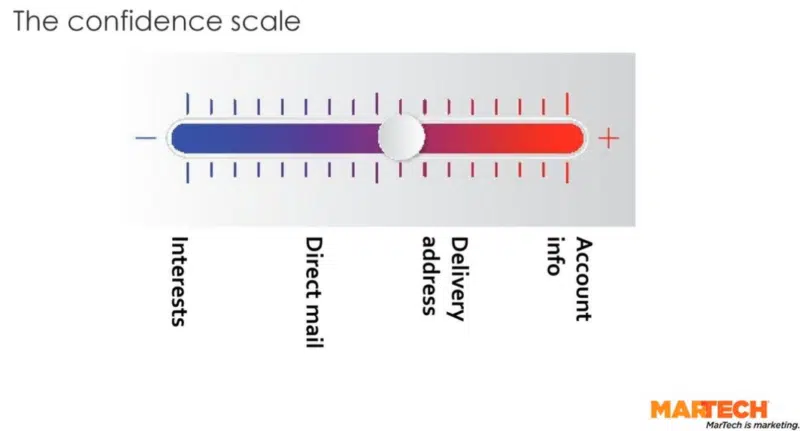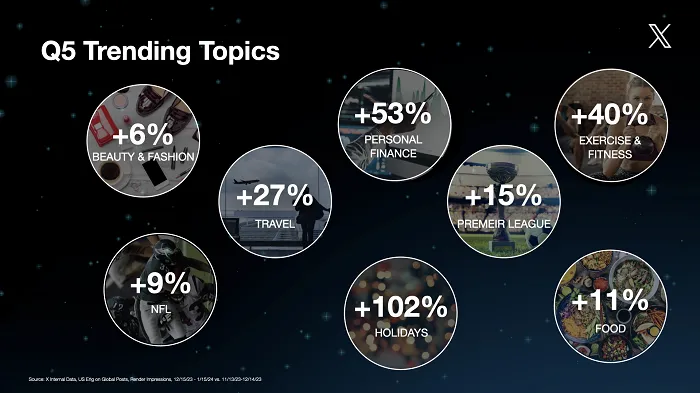Marketers are receiving more different signals than ever from their customers due to fragmented digital channels. Dealing with this requires having a clear approach to identity resolution. How are they matching identifiers and merging customer profiles? How confident are they with the matches? Having a defined strategy leads to better communication with customers and a more effective, and profitable, customer experience.
First, organizations should adopt a framework for their identity resolution strategy. It can be device-first, person-first, or a combination of the two. What matters is that marketers are confident the identifiers they are using let them maintain a view of the customer throughout the digital journey.
Deterministic vs. probabilistic matching
Customers interacting with your organization through different digital channels can cause a single customer to have several profiles in your data. Merging these profiles requires finding ways to match the devices, digital accounts and other identifiers with one person.
There are two main ways to do this.
Deterministic matching. This means you’re only going to merge profiles where the match is certain. Usually, this happens when one common identifier is found in multiple profiles. For instance, if your customer made an order using an email address, the postal address or phone number found with that order can indicate what other profiles are the same customer. These common identifiers make a deterministic match.
If the email address is included in a customer profile, for example, that customer’s data can be merged with the information stored separately in the email service provider (ESP).
Probabilistic matching. This involves AI combining behavioral data with other signals to predict the likelihood that separate customer interactions are all from the same customer — without the use a common identifier.
“The problem with this sort of matching and with all this kind of identity resolution is you end up making a lot of assumptions,” said Greg Krehbiel, consultant for The Krehbiel Group, at The MarTech Conference.
However, Krehbiel points out that even deterministic matching isn’t completely reliable. He shared a use case that’s by no means rare. Krehbiel’s mother asked his sister to help out with Christmas shopping, so the sister bought presents on Amazon using her own laptop and the mother’s credit card. Deterministic matching might jump to the conclusion that the mother was using the daughter’s laptop.
Establish a single source of truth
There is always some judgment required in merging customer profiles and matching identifiers. To make this as accurate as possible it is wise to establish a single source of truth for your customer data.
“You want to have a single customer record to the extent that you can, and that requires merging a bunch of other records,” said Krehbiel. “And that means that one system has to be the single source of truth for that thing, whatever it is.”
Think about all the use cases for a particular channel and where that data should be consolidated. This will help avoid redundancies and competing sources of truth.
“If someone changes an e-mail address in [the CRM], is that going to overwrite stuff in the ESP?” Krehbiel asked.
In some cases, merging profiles isn’t ideal. Some customers, for instance, prefer to have multiple emails for work and personal uses. In such a case, the emails shouldn’t be merged. Instead, your organization should think of this customer as a multifaceted persona with several emails.
Dig deeper: How Penske Media uses a CDP to help advertisers reach digital users
Sliding scale of confidence
Deterministic and probabilistic matching both depend on having confidence in the data used when merging profiles and resolving the identity of a customer.
This means marketers should rank their confidence on a sliding scale depending on use cases — how they intend to interact with their customers.
This calculation is important because there are edge cases that undermine the assumptions made when merging data from multiple profiles.
“There’s always edge cases,” said Krehbiel. “One person has multiple email addresses, but sometimes one email address has multiple people, right? Or, I know some families that have one email address for the whole family. Generally speaking, those are edge cases that you don’t really need to worry too much about. If it causes trouble, it’s not the biggest deal in the world. Or it might be — but you have to think about those things in terms of your use cases.”

Using this confidence scale will help determine the chance of getting one of the data points wrong. For instance, a wrong postal address might only result in wasted postage for a direct mail piece. But if it’s part of a customer’s account information and they see the wrong address, they might have greater concerns about privacy and how your company manages data.
Again, it depends on use cases specific to your business. Another example: If your company is a food delivery service and your customer has a peanut allergy, this is important information your company will need to get right.
Keeping these use cases in mind will help your team make the most confident decisions in matching identifiers, merging profiles, and, ultimately, delivering the best experiences to your customers.
Register for The MarTech Conference here.
Get MarTech! Daily. Free. In your inbox.



























































![LinkedIn Provides Tips on How to Promote Live Events [Infographic] LinkedIn Provides Tips on How to Promote Live Events [Infographic]](https://imgproxy.divecdn.com/kA4YczoBIs8NmPBiERWa-OxzvYMz5kwjjZ6wewP8z7c/g:ce/rs:fit:770:435/Z3M6Ly9kaXZlc2l0ZS1zdG9yYWdlL2RpdmVpbWFnZS9saW5rZWRpbl9ldmVudF9hZHNfaW5mb18yLnBuZw==.webp)







